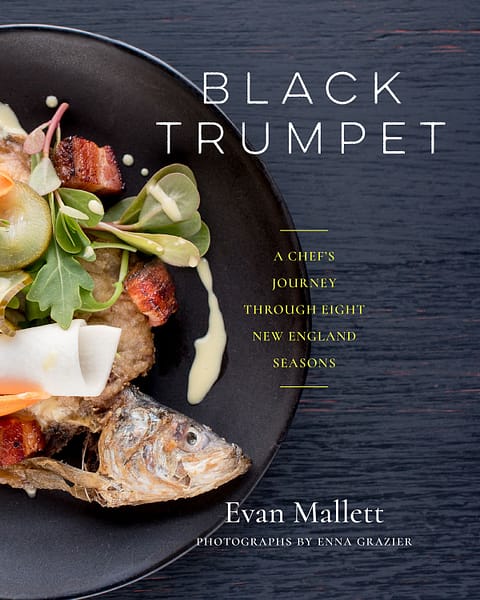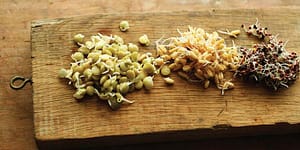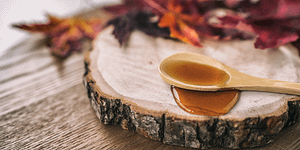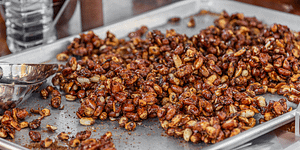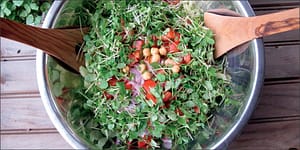How to Preserve Olive Fruit Leather in 5 Easy Steps

Autumn olives are quite the berry. No added sugar is required! Give it a try and keep some delicious and nourishing olive fruit leather on hand for whenever you get the craving.
The following excerpt is from Wild Flavors: One Chef’s Transformative Year Cooking from Eva’s Farm by Didi Emmons. It has been adapted for the web.
Russ Cohen’s Autumn Olive Fruit Leather
Forager, environmentalist, and teacher Russ Cohen doles out a little fruit leather to his students before they begin a foraging tour. Everyone marvels at the sweet flavor, including me! To make this leather it’s helpful to have a dehydrator, but you can also make it on top of a woodstove or in an oven warmed by the pilot light. (Traditionally, of course, fruit is dehydrated by the sun.)
Russ sees this leather as the best way to use autumn olive berries, which are quite tart when fresh, because the drying process concentrates the sugars, so much so that he need not add sugar. Which is unusual, Russ says, since he’s found that he generally needs to add at least a little sugar to all leathers, even wild grape leather.
INGREDIENTS
1 gallon or more autumn olives
PROCESS
- Place the berries in a large, heavy-bottomed pot. Add water to a depth of approximately J inch in the pot, to prevent the fruit from scorching. Heat to a low simmer, and let simmer (no boiling) for 30 minutes, stirring occasionally.
- Run the cooked fruit through a food mill. Then pass it through a sieve to get a very thick, tomato-sauce-like consistency. The pulp that’s left behind in the sieve is not a waste product—save it and add it to your morning cereal!
- Line the trays of a dehydrator with the fruit roll sheet accessory or parchment paper. Pour the fruit puree into a gravy boat or an old soy milk carton. Drizzle the puree onto the prepared trays in the thinnest layer possible.
- Dry the fruit leather at 135 degrees F, or according to the dehydrator manufacturer’s instructions, for 12 hours. Rotate the trays and dry for another 12 hours.
- Cut the leather into strips and store in ziplock bags; they’ll keep indefinitely.
Recommended Reads
The Radiant Raspberry: Foraging For and Cooking With Wild Raspberries
Recent Articles
What’s so great about oyster mushrooms? First, you can add them to the list of foods that can be grown indoors! They are tasty, easy to grow, multiply fast, and they love a variety of substrates, making oyster mushrooms the premium choice. The following is an excerpt from Fresh Food from Small Spaces by R. J.…
Read MoreCraving something sweet? These delicious maple roasted nuts are the perfect treat to help you push through those end-of-winter blues. The following is an excerpt from Full Moon Feast by Jessica Prentice. It has been adapted for the web. The Magic of Maple: A Rich History Following the Hunger Moon, just before the first thaw…
Read MoreDoes the cold weather have you dreaming about fresh greens and colorful salad? Grow and harvest sprouts indoors to make those dreams a reality! Follow this quick start guide to year-round greens for fresh salad greens in just a couple of weeks! The following is an excerpt from Year-Round Indoor Salad Gardening by Peter Burke. It…
Read More


